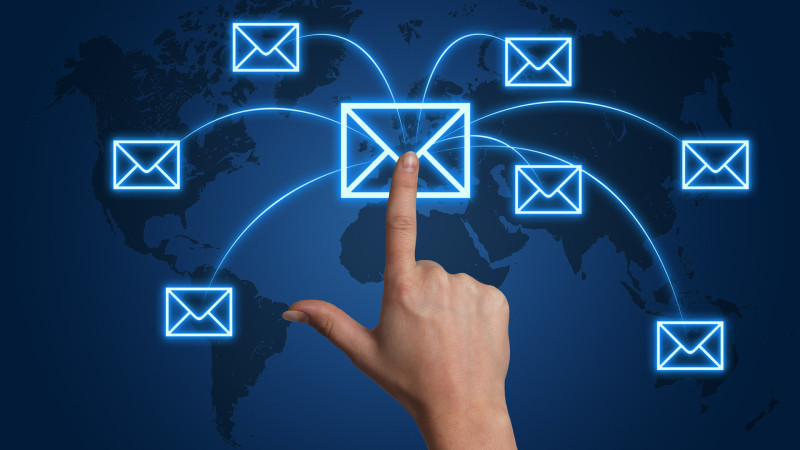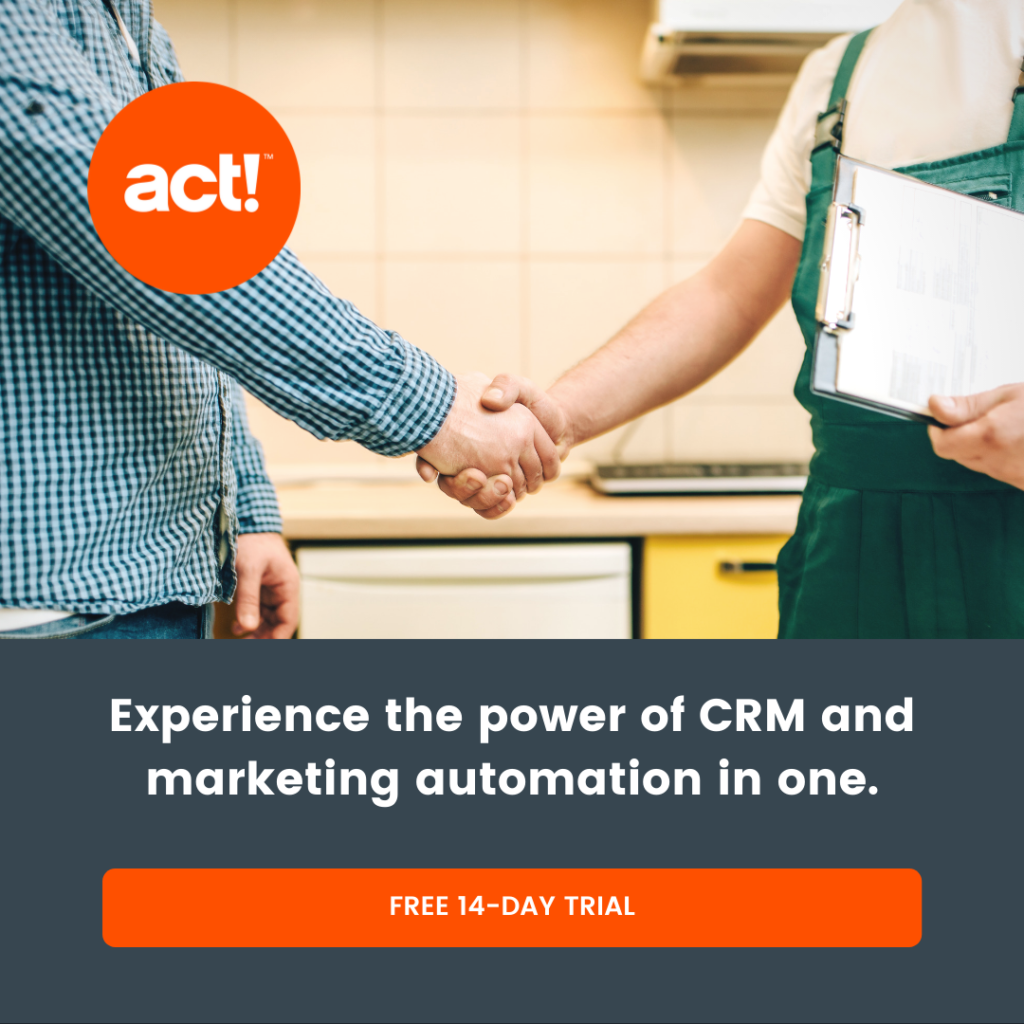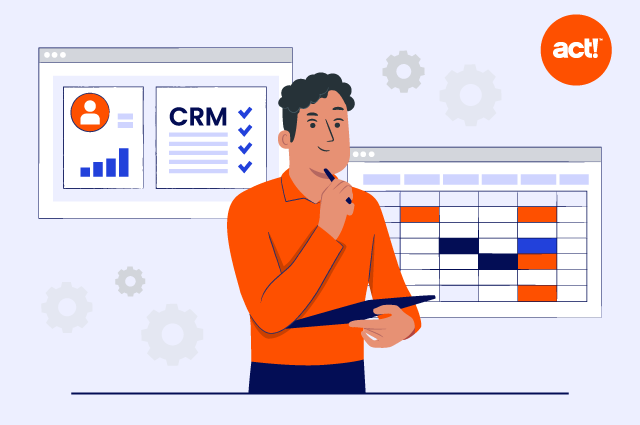
A common misconception among business owners is the variances between email marketing and marketing automation. For example, small business owners who are working to grow their business understand the benefits of building a customer and lead database to send emails to. But, many don’t realize that they can save themselves valuable time by automating communications, promotional efforts, and sales tasks with marketing automation. The fact is, that email marketing and marketing automation can overlap but are also two very different concepts. Furthermore, business owners have to take definite steps if they want to automate their marketing efforts, one likely task being to upgrade to a marketing automation software, or to even simply educate themselves on the concepts. So, let’s explore email marketing and marketing automation and how they can work together to benefit your business.
Email Marketing and Marketing Automation
Email marketing refers to any actions taken to generate leads or sell products and services via email. This involves building an email list or database of current customers, potential leads, subscribers, and any other contacts you wish to receive your business’ communications. If you’re looking to get people to sign up for your list, you need to set up an opt-in page with a form where prospects provide you with their email in exchange for something of value such as a free gift, a mini-course, or perhaps valuable information in the form of a white paper or e-book.
Those individuals just starting out with email marketing, especially when they handle campaigns themselves (as opposed to outsourcing it to an agency) often perform many tasks manually. For example, minimal email tools offered by Gmail and other providers give you the ability to implement extremely limited “automation”. Such as, you can email multiple recipients using CC or BCC rather than typing out a separate email to each recipient. Although, this is a rather dated approach and doesn’t give you the ability to track your results. Today’s email marketing automation tools go far beyond such basic abilities. Like, tracking insights into subscriber opt-ins and open rates. Important metrics like these enable you to know what’s working so you can focus your efforts and improve your results over time.
List-building is a good example of a powerful technique that requires a higher amount of automation. Meaning you won’t have to send out e-books or newsletters manually. You can efficiently trigger these mailings whenever someone fills out a form on your website, or takes another specific action that you define.
Marketing Automation
Automation applies to any software or system, not only related to email, that lets you perform tasks more efficiently. You can automate marketing tasks by using various types of software, such as a CRM (Customer Relationship Management) and AI (Artificial Intelligence). Some examples how marketing automation can help you work effectively are:
- Lead nurturing and lead scoring. Analysing leads and determining the best strategies to categorize and nurture them.
- Social media marketing. You can automate tasks such as posting to multiple sites on a schedule.
- Tracking and analytics for website visitors, email campaigns and online promotions.
- Email marketing. This often overlaps with areas such as lead nurturing and paid advertising. We’ll discuss specific ways to automate email marketing below.
Automating Email Marketing
There are quite a few email marketing automation strategies that can make your campaigns more successful. These include:
- Personalisation. It’s always best to personalise your messages. Doing this manually, however, is extremely time-consuming. Email services and auto-responders make it easy to optimize personalization in the manner of your choice (such as using a contact’s name, business name, or personal signatures from sales reps + more).
- Drip feed emails. These are emails sent on a schedule, usually based on where your subscriber is in your sales funnel. For example, you might set up a drip email course as a series of daily or weekly lessons.
- Trigger emails. Emails automatically sent based on someone’s behavior are extremely powerful. This includes a welcome email for new subscribers, shopping cart abandonment (meaning someone puts an item into their shopping cart but never completes the purchase), or emails sent on special occasions such as holidays or birthdays. Retargeting is another example of a trigger email, where an email is automatically sent when someone views your website, an online ad you placed, or takes another specific action that you define.
- Segmentation. As your email list grows, it’s helpful to segment it so subscribers receive the most relevant information. For example, you don’t want to send promotions for a product to people who’ve already purchased it. You can segment your list according to buying actions, interests (based on polls and other sources of marketing research), location, or other demographics.
The Advantages of Combining Email Marketing and Marketing Automation
Although email marketing and marketing automation aren’t synonymous, they do make a powerful combination. There are many automation tactics, such as drip campaigns and retargeting, that can help make your email marketing more powerful and targeted. As you track your results (another area where automation is very helpful), you can research and test more automation strategies so that you can develop stronger relationships with your subscribers.
Act! provides CRM and marketing automation to help small and midsized businesses succeed. Learn more about our services contact us. Or try Act! for free for 14 days!






